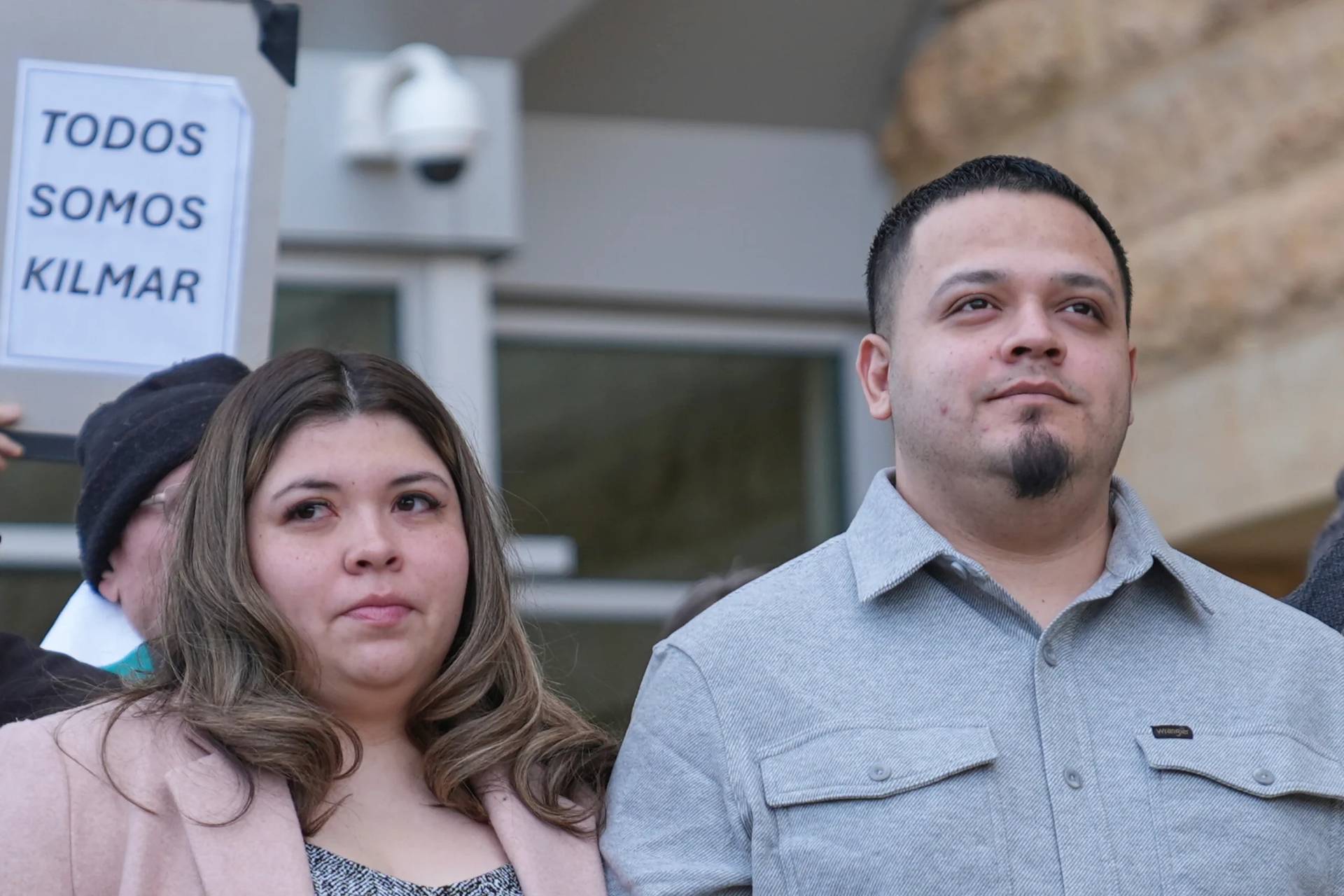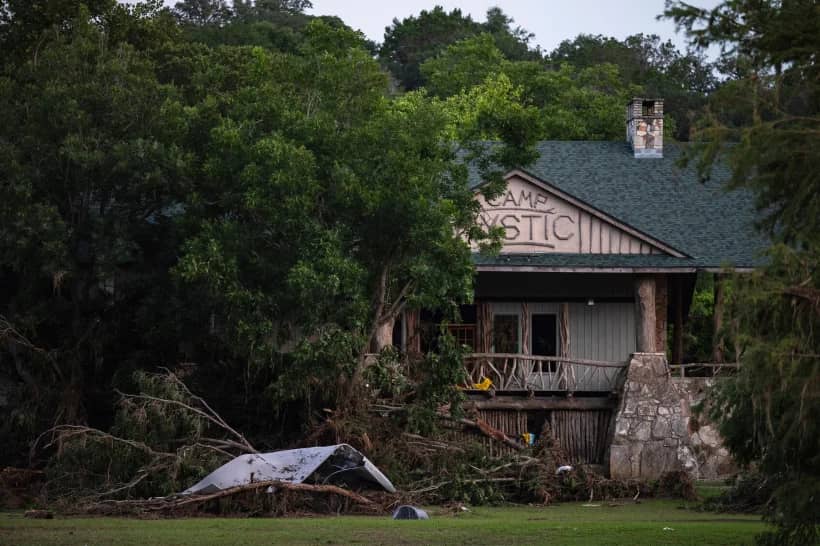NEW YORK – Father Richard Malloy has spent every summer since 2010 at Yellowstone National Park celebrating Masses, enveloped by nature, underneath a canopy of trees about 80-feet tall, and sometimes in the company of elk and buffalo that watch the services from afar.
Malloy will return to Yellowstone as the park’s chaplain this summer, with his weekly four Mass schedule originally slated to begin this weekend. However, everything is on hold after recent torrential rain and snowmelt, resulting from unusually warm temperatures, led to flooding in the northern part of the park, resulting in significant damage to park infrastructure.
Fortunately, because the Masses take place south of the areas affected, Malloy anticipates the park will reopen and he’ll celebrate Masses next weekend. A Yellowstone spokesperson confirmed as much to Crux on June 16, saying in a statement that “as of now we do not have a date when the southern loop of the park will open, but it will likely be early next week.”
The bigger question is what the extreme weather means for the future of the 2.2 million acre park that covers parts of Wyoming, Montana, and Idaho.
“The combination of the rain and the snow melt is, like they say, unprecedented,” said Malloy, who is also the director of mission and ministry at Cristo Rey Jesuit High School in Baltimore, Maryland. “What I’ve seen here is so impressive and so powerful, to think that it’s more than that is really astonishing.”
The flooding destroyed sections of roadway, collapsed buildings, engulfed bridges, and forced the evacuation of more than 10,000 visitors. The spokesperson said the northern loop, where the damage is, is “unlikely to open anytime soon,” as they currently assess the damage.
Cathy Whitlock, Regents Professor Emerita of Earth Sciences at Montana State University, told Crux that the weather event can’t be ascribed to climate change, but acknowledged that the event is consistent with climate change trends.
Whitlock was the co-lead author of the 2021 “Greater Yellowstone Climate Assessment” that assessed past, present, and future climate change in the Greater Yellowstone watersheds, where the national park sits. It predicts an about 5° F temperature increase, an about 9 percent precipitation increase, and about 40 percent snowpack loss by the end of the century.
“We’re going to get more precipitation in the spring, and because they’re warmer it’s really going to destabilize the snow and the ground’s really going to be saturated with water, so that leads to these kind of flood events,” Whitlock said, adding the loss of snowpack will lead to drier summers, and in turn more fires.
“So we’re kind of looking at a couple of seasons where we really need to pay attention to what’s happening and also make sure that our infrastructure is really prepared to deal with floods and fires,” she continued. “We need to be better prepared for these kinds of extreme events because they’re likely to continue and we’re going to see extreme weather events in our future.”
Almost a century of Catholic service in Yellowstone
When Yellowstone reopens and the Mass schedule is underway it will mark almost a century – since the mid-1920s – that St. Anthony’s Parish in Cody, Wyoming has provided for the spiritual needs of the park’s Catholic visitors at the initiative of the St. Anthony parishioners.
Malloy told Crux that each Mass at the park draws anywhere from 75-125 people each week. He described it as “a lot of fun” to minister to people and families from all over the world, and getting to know the park staff that make up five to 10 percent of each Mass. Plus, he added, there’s “the consolation as a priest to see people making an effort” to get to Mass on vacation.
Malloy also highlights the fact that Yellowstone is a unique place to experience the faith in general, noting its “beauty,” “majesty,” the perspective its size gives, and the “animals, geysers, beauty, vistas, and water” that are all around.
“Just the sheer size – it doesn’t so much humble you, it’s just that gift of the Holy Spirit. You’re sitting on a very powerful point of Earth, and it just makes you aware of the planet,” Malloy said. “The Mass is that mystical coming together of Heaven and Earth and it’s weird how Heaven comes closer there.”
Follow John Lavenburg on Twitter: @johnlavenburg
















